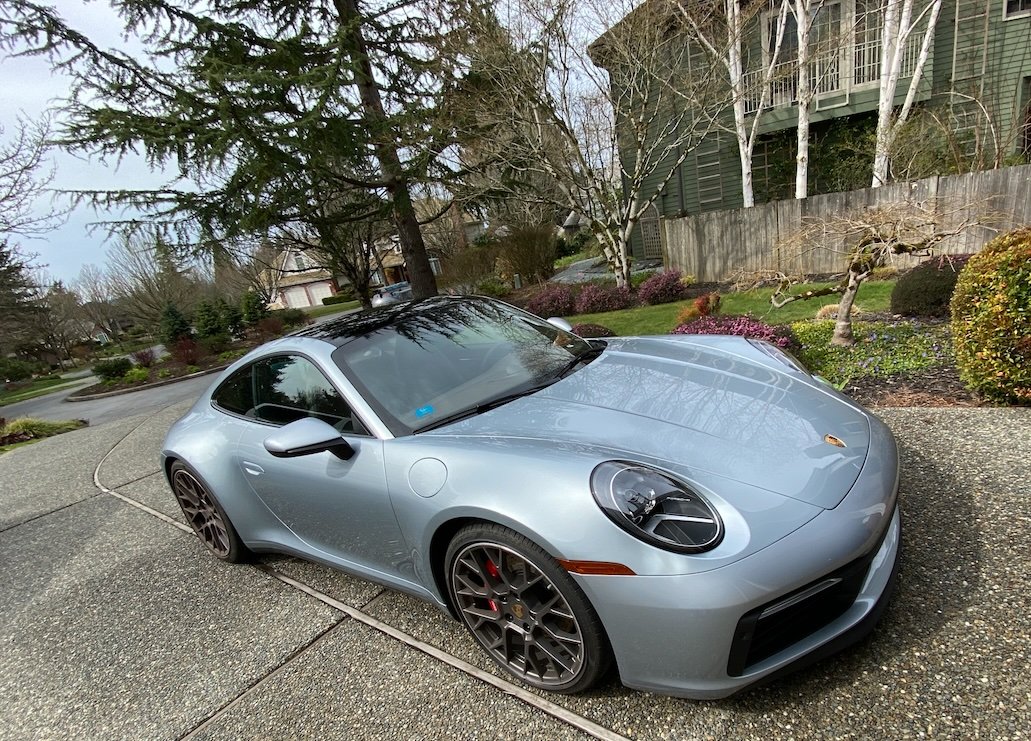
What would change your mind about performance and cars?
Q: What is the level of Tesla quality?
A: Tesla’s are moving down-market. Meaning they started with a perception of high-quality luxury but are steadily driving down to attainable but excellent products. We find Tesla quality on-par with traditional manufacturers. This means it’s as good as any American made car today. If you’re comparing fit and finish to luxury brands like Audi and BMW then you’ll be disappointed. That said, it’s super functional and costs as little as a Toyota Camry to own
Q: What is good about Tesla?
A: I’ll break this down into multiple components:
Safety – Tesla’s have the highest safety rating of any cars on the road. If my family were to be in an accident, I would want them in a Tesla. They are engineered to protect teh occupants and it has shown time and time again. In a Tesla, you have the lowest probability of injury compared to any other vehicle on the road (see here)
Efficiency – Teslas drive like normal vehicles but are adequately efficient. This means that the electricity and battery size work together with efficiency to give you great range under cold or hot weather conditions. Now, ever car has an efficiency hit under extreme weather conditions. While there are other electric vehicles that can match efficiency, most don’t handle the extremes as well thanks to Tesla’s investment in heating and cooling mechanisms.
Self-Driving – Teslas can drive you where you need to go and are safer than humans. The technology will eventually become something to replace taxi’s but today it makes my commute easier. It’s good enough that I think it’s a better driver than I am. I’m not a horrible driver, but Tesla drives better than me. This takes the stress off me.
Technology – Play games? Listen to music? Want to stream Netflix? You can do all this in your car. On a roadtrip with kids? Take the Tesla. There’s no alternative.
Power – The cars are so powerful and fast, owners can easily get into trouble. In fact, new drivers should be locked to chill mode until they’re demonstrated responsibility. It’s so much fun but you should be responsible.
Q: Do I really save money?
A: A lot of factors apply. A simple calculator to make things work for you. It costs some amount of energy, called Kilowatts hours (kWh), to drive 100 miles. A Tesla uses 25 kwh to 37 kWh for every 100 miles (see here). Electricity rates are regional so if you pay $0.10 for every kWh for electricity, then you could pay between $2.50 - $3.70 to travel 100 miles (see here). A gasoline car with 40 MPG would be break-even with the Tesla if gasoline was $1.00 per gallon. This means every penny over $1.00 for each 100 miles you travel is money you save.
If you travel 10,000 mi, have a 40 mpg car, and gasoline is $4.50, then you can expect to save $350.
If you travel 10,000 mi, have a 30 mpg car, and gasoline is $4.50, then you can expect to save $750.
If you travel 10,000 mi, have a 25 mpg car, and gasoline is $4.50, then you can expect to save $1,550.
Q: What do I care about performance?
A: You might not but there’s something nice about efficient delivery of power. When a traditional gasoline or diesel engine wants to generate power and put it down to the wheels, it has to go through multiple steps. Fuel needs to be injected, air compressors need to spool up, transmissions need to shift to the right gearing for the speed. All of these steps include intricately developed parts that drain a little bit of power, slow down the transfer of energy, and possible break down over time. With an Electric vehicle and specifically a Tesla, a great deal of engineering has gone into the power electronics to drive the engine at the highest efficiency with very little lag. This makes the driving response and experience unique. Few car companies can come as close to Tesla and from my experience the throttle response feels like a well tuned sports car.
Q: What about long distance?
A: Tesla’s charging network is second to none. Tesla took the opportunity to measure their chargers functional time. This is straight out of Amazons playbook where they measure minutes of downtime a year. Tesla has a target of 99.9% uptime for their chargers which means they work on finding out what’s broken and repairing it quickly. They also invest in measuring traffic surges so they can do things like route cars to different locations when it’s busy or charge idle fees for cars taking up charging slots and not actively charging. This means that you have a super dependable way to get filled up. A modern Tesla will drive 2-3 hours before needing a 30 minute charge cycle. I need more than that to snack and use the restroom and the superchargers are everywhere (see here). I know there are some gaps in rural states still but I’m confident that the team will continue ti invest in the right way - using data to understand where bottlenecks are and setting aggressive expansion goals.


